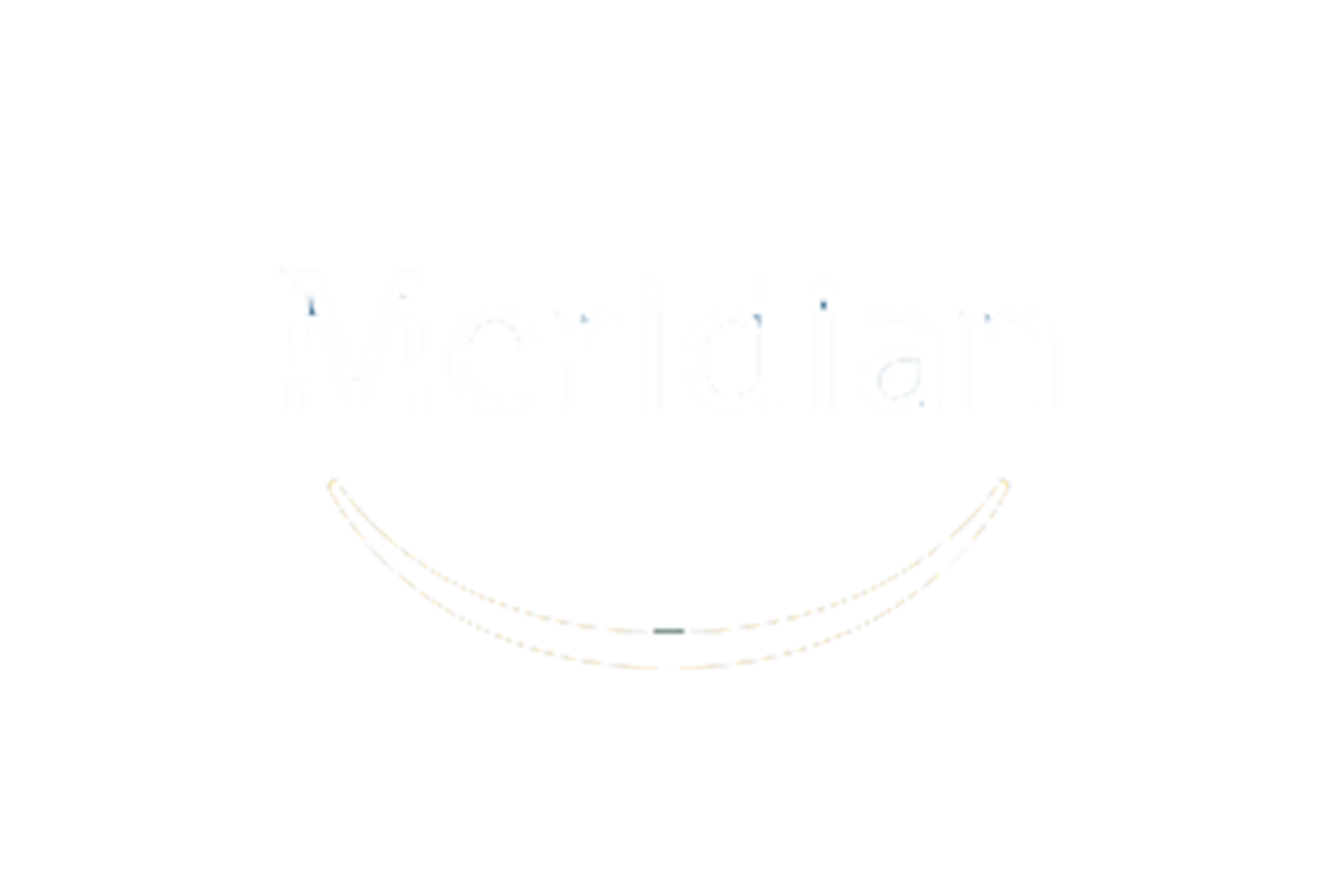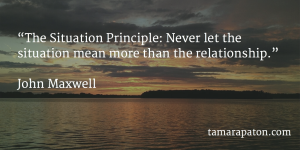

An acquaintance of mine recently hit me with a hard sell. She wanted me to attend an event and I was doing my best to gracefully decline. As a last resort, she lamented that “a number of people will be disappointed by your absence.”
Perhaps that would influence others, but I didn’t budge. Disappointment isn’t new to me. I have to disappoint people every day. It’s just a matter of making sure I don’t let the most important people down.
I don’t say this smugly. In truth, it describes how I juggle opportunities, priorities and expectations. If you have a day job, children, volunteer service, physical fitness goals, and/or a desire to read the New York Times on occasion, you are no different.
When you layer board service on top of your existing commitments, you can’t possibly please everyone. And simply trying to say “no” more often isn’t sufficient. The increasing number of asks for your time bring on decision fatigue. Psychologist Roy Baumeister found that relying exclusively on willpower leads to suboptimal choices over time. We can’t expect to make the right call when faced with options ever more frequently.
Fortunately, establishing the right boundaries can help. Rather than asking our brains to evaluate pros and cons on the fly, we can create decision rules in advance. With these guidelines in hand, new situations don’t require fresh choices. The calls have already been made when a situation lines up with pre-established criteria.
In my attempt to allocate resources better, I have established boundaries in 3 areas of life and work. Consider these ways in which clear rules can boost your productivity and sustain your focus on boards and beyond.
Time and energy management
In recent years, multitasking has fallen out of favour among productivity gurus. Harvard Medical School has even gone so far as to declare the practice life threatening. With this in mind, I have imposed structure on the way I spend my time.
I organize my days as per my Ideal Week, an aspirational view of the best use of my time throughout the week. For example, I read and write early in the day when my brain feels fresh. I work with clients in late morning and early afternoon when I appreciate an influx of energy. And I leave more administrative tasks, like answering email, for evenings when my energy is waning.
Obviously, there are times when I make exceptions. But 80% of the time, I follow my Ideal Week. This explains why I don’t answer my phone if someone calls me without an appointment. It’s not that I don’t want to speak; it’s just that hopping from email to a project to a phone call grinds my productivity to a halt.
Networking meetings
Friends, colleagues and complete strangers often ask to meet over coffee. They are seeking advice, introductions or both. I used to squeeze “pick your brain” requests into my daily work, but doing so disrupted my work flow. These meetings also left me feeling resentful if I had done so many that my own work had suffered.
Today, I respond to these requests with a few guidelines. Firstly, if we have met in person previously or I don’t foresee a mutually beneficial relationship emerging, then conversations take place via phone or Skype. Next, I set aside a limited amount of time each week for these conversations and ask people to book time through an automated scheduler (tip: try Acuity Scheduling). Finally, contacts outline their three primary questions in advance, so I can be prepared to help.
And if someone insists on meeting in person, I invite them to join me on my morning run. Did I mention that I run each day at 5:30 AM? No one has ever wanted face-to-face time so much that they lace up their shoes with me, but there is a first time for everything.
Volunteer and pro bono work
As I’ve written previously (here and here), I’m a huge fan of using volunteerism and pro bono consulting work to fuel your professional development. In the beginning, I happily helped wherever I was needed.
As the volume of opportunities grew, however, I needed to be more selective. Stealing wisdom from the graphic design world (here and here) gave me some good ideas of how to select and reject pro bono projects.
Today, I dedicate a set number of days per quarter to supporting non-profits. The work itself must relate directly to making their boards more effective. And because I receive more requests than I can accommodate, I support organizations in three areas that align with my values. I also give partial scholarships to non-profit leaders who enrol in The Boardroom Blueprint, so more boards benefit from a public service perspective. These boundaries allow me to feel good about the volunteer work I do.
I envy and admire productivity gurus who optimize their use of time and energy. Realistically though, I’m never going to be truly great at following their lead. Instead, I use boundaries to keep myself (and others) from drifting off track.
Question: What role do boundaries play in your life and work? Do you have rules that might help others work more efficiently?
Please share your response via Twitter, LinkedIn or e-mail.
If you liked this post, you might also enjoy some of my other writing:
3 Ways Productivity and Board Leadership Go Hand in Hand
How to Be an Idea Fountain: Resources to Fuel Board Work
Introverted Leaders: Why Quiet is Magic in the Boardroom
How to Clearly Communicate That You Are Board Ready
Thank you for reading! If you found this post useful, please click the “like” button on LinkedIn and/or share it with others in your network. Doing so helps my work reach others and would mean so much to me.










